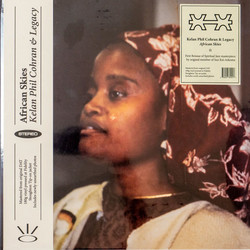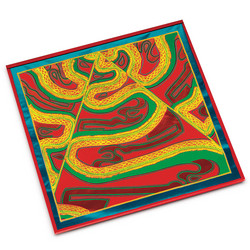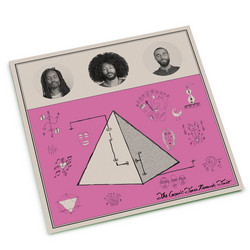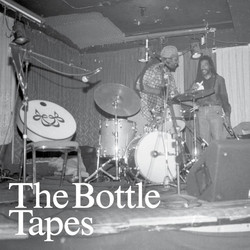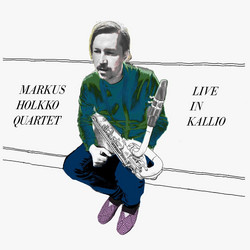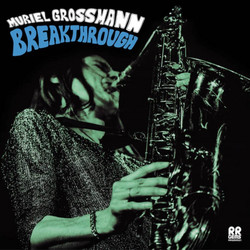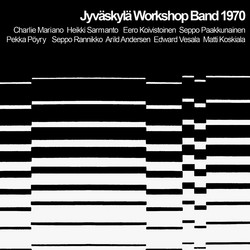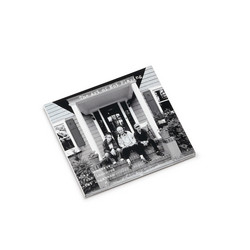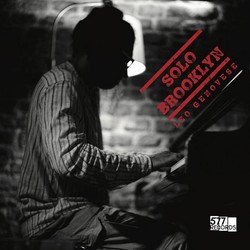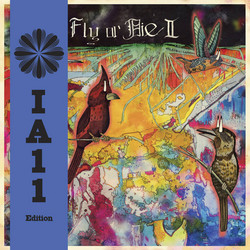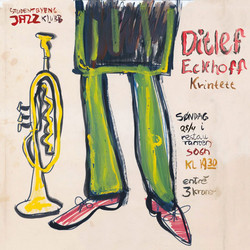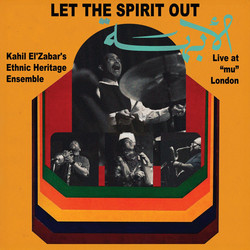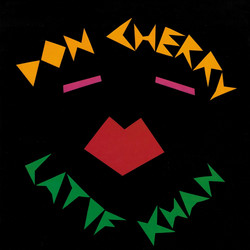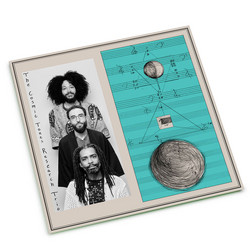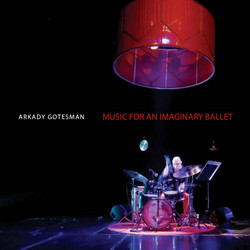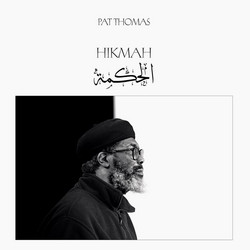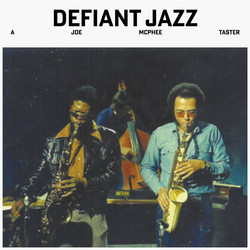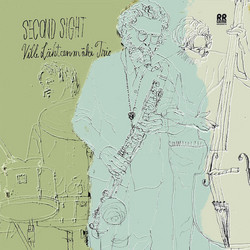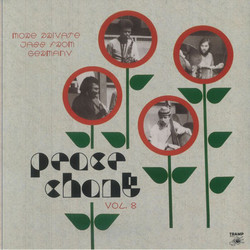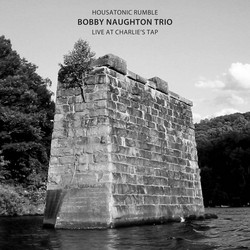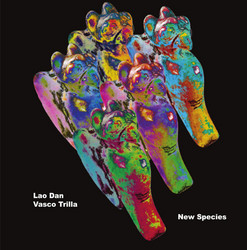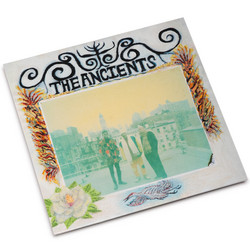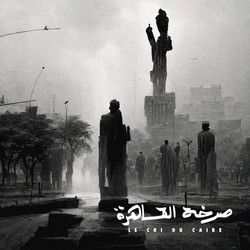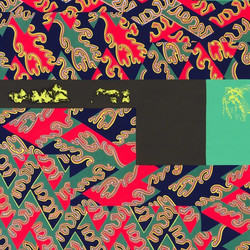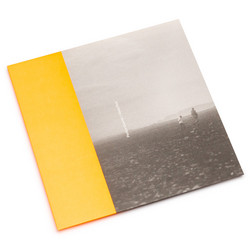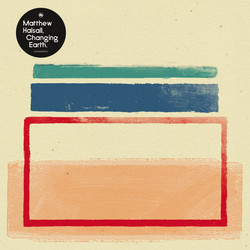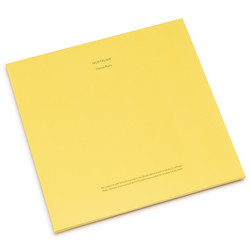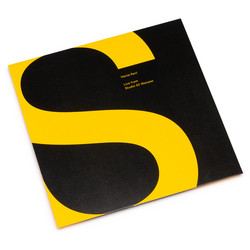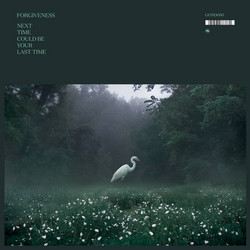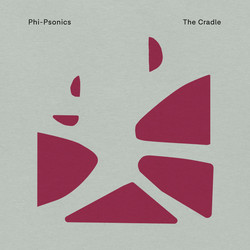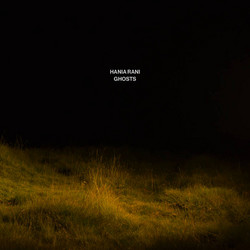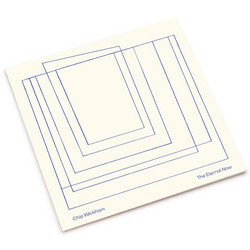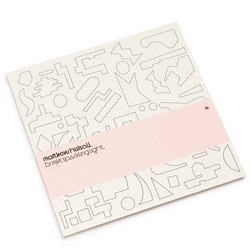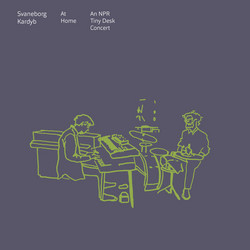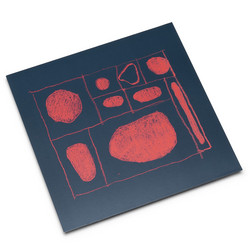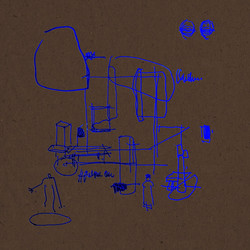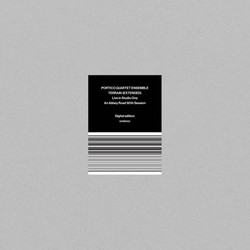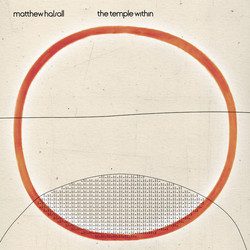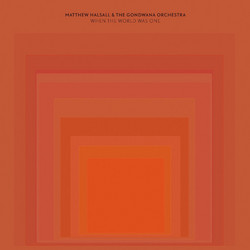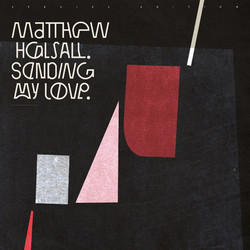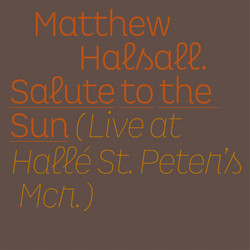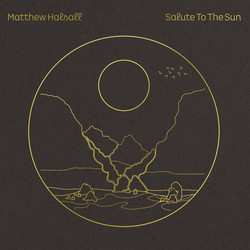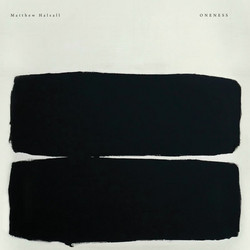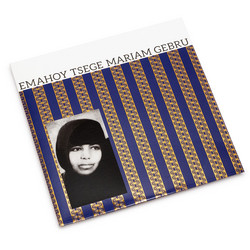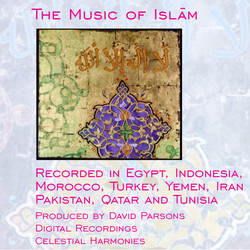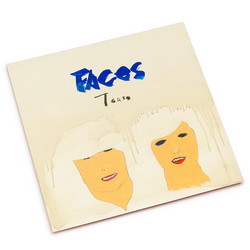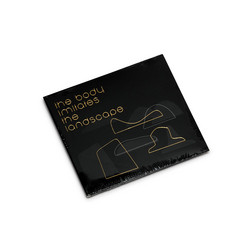It’s Always About Love captures the essence of Ancient Infinity Orchestra, a Leeds-based ensemble guided by bassist and composer Ozzy Moysey and composed of friends and collaborators deeply engaged in the practice of communal, melody-driven music-making. The album cements the group’s position within the UK’s innovative jazz scene, advancing the spiritual jazz legacy with a uniquely northern warmth and sincerity. Throughout the record’s eight tracks, Moysey’s compositions serve as vessels for transformative group improvisation, with every member offered the space to express themselves—fostering genuine interaction over mere technical showmanship.
The Orchestra’s instrumentation deserves special mention: two double basses, harp, saxophones, clarinets, violin, viola, cello, oboe, flutes, mandolin, congas, piano, drums, augmented by bells and shakers in a tapestry that is both intricate and accessible. The sound is rich but never overwhelming, organic yet striving for cosmic unity, as demonstrated in pieces like “Chant for Don Cherry”—an elegant tribute to the legendary trumpeter, featuring campfire-style piano and radiant guitar interplay. This approach permeates the album, with “The Seeker” swinging between tightly arranged choruses and exuberant grooves, while “Old Friends” pays homage to the joyous, unscripted moments that arise naturally during collective creation. There are audible traces of spiritual jazz forebears—Pharoah Sanders, Alice Coltrane, and Don Cherry—yet the arrangements maintain a distinctive northern sensibility reminiscent of Matthew Halsall and Alabaster dePlume.
Built on Moysey’s guiding principle—“There is a need for love and connectedness. You pour the love you have into the music and people listening can feel it”—the record is an open-hearted celebration of both community and the pure act of musical giving. Its melodic improvisations never lapse into aimlessness; rather, they circle back upon themselves in gestures of generosity and rediscovery, threading personal experience through each orchestral swell and solo. The recording itself also reflects the Orchestra’s ethos, capturing ambient sounds and spontaneous applause—a sonic fingerprint of collective joy and togetherness.
